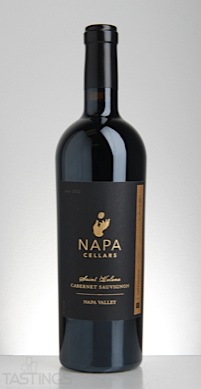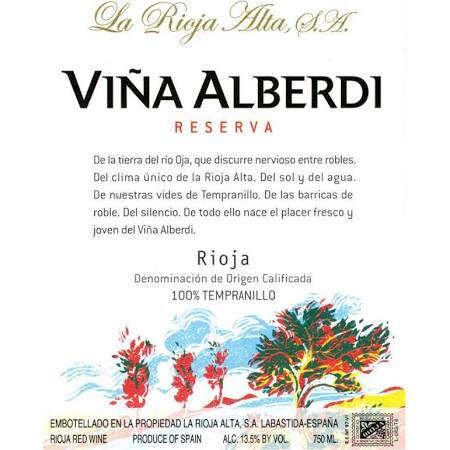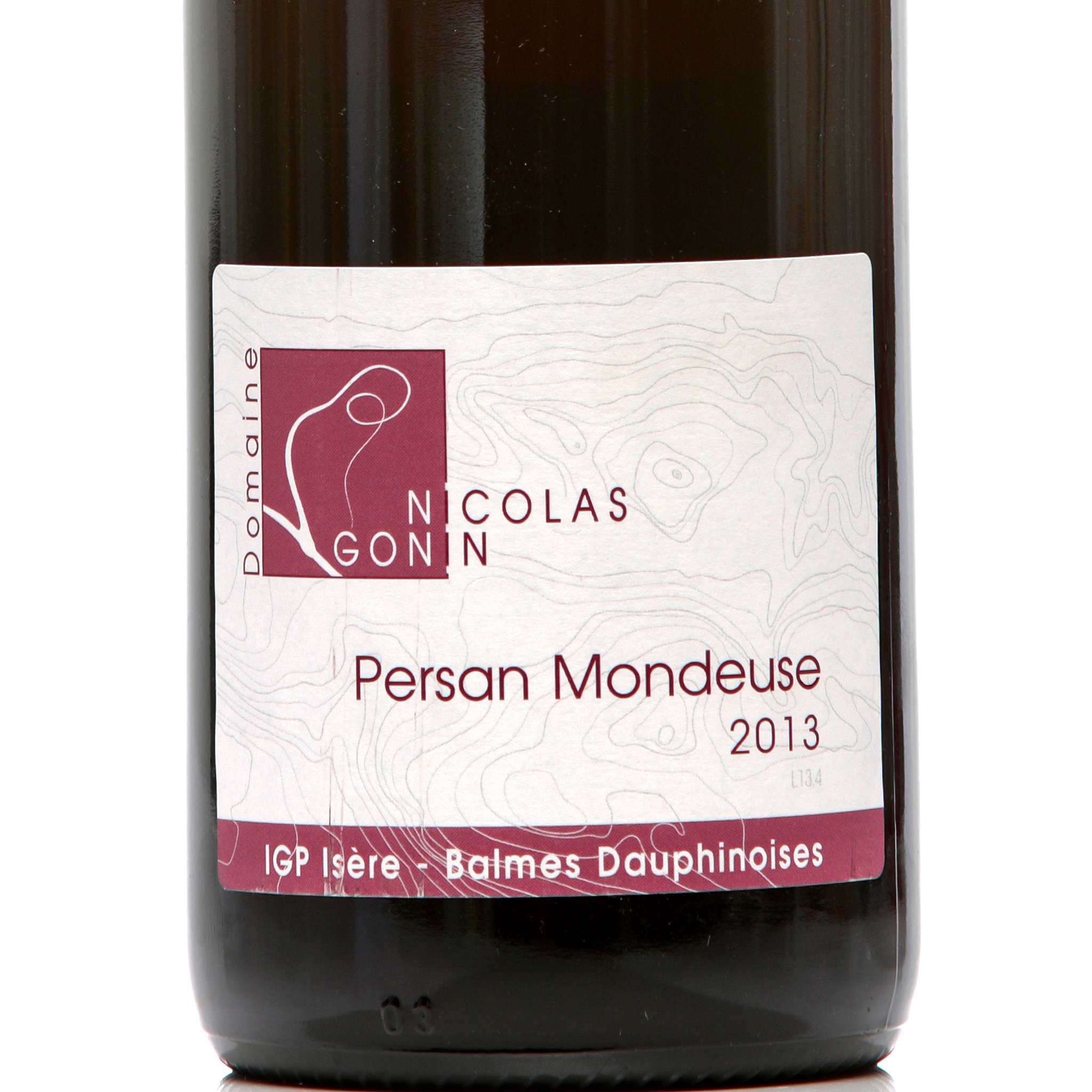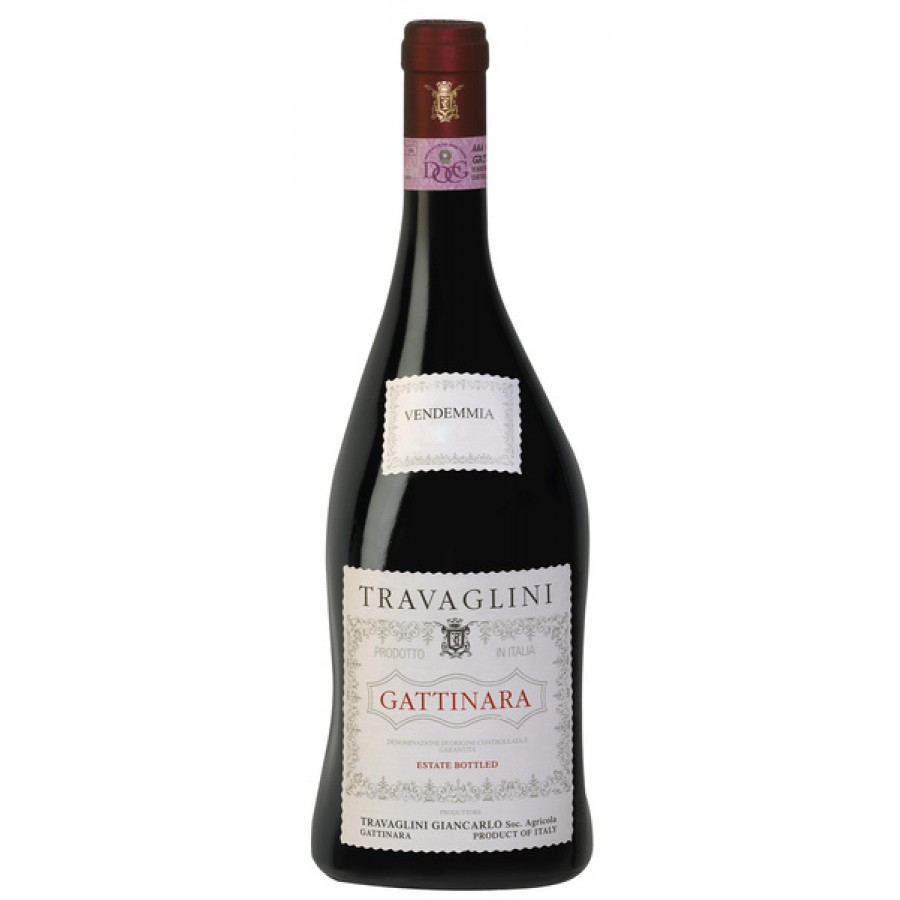
Hello Everyone,
I want to inform you of a tremendous bargain that is available for a short time at O’Bryan’s Wines and Spirits: Napa Cellars 2013 V Collection St. Helena Cabernet Sauvignon.
Napa Cellars is a subsidiary of Trinchero Family Estates that is most well-known for its Classic Collection of wines, produced from a combination of estate-grown and sourced fruit and aged in French oak barrels. They are good quality, regionally representative wines that are affordably priced in the eighteen to thirty-two dollar retail range.
However, the next tier up, the V Collection, is produced with a completely different focus. It consists of vineyard-specific, 100% varietal, limited-production reserve wines with retail prices in the forty to fifty-five dollar range. As with the Classic Collection, these wines also represent very good value in their price bracket.
Napa Cellars’ winemaker, Joe Shirley, produced the 2013 V Collection Cabernet Sauvignon from their estate vineyard in St. Helena, which is planted to an equal mix of clone 7 and clone 337 Cabernet Sauvignon grapes. The growing season for this vintage was characterized by warm, stable weather conditions that resulted in a long hang time and full ripening of the fruit. The 1200 case production of this wine was aged for twenty-four months in French oak barrels, of which 46% were new.
I had the pleasure of sharing a bottle of St. Helena Cabernet Sauvignon with my wife. This is a medium-to-full-bodied wine with a highly pigmented, deep red color. The nose and palate are characterized by black cherry and blueberry flavors, with floral notes of violet and hints of leather and vanilla. The long, fairly complex finish is balanced by silky tannins and pleasant acidity. We found it to be delicious upon opening, but it continued to develop and improve over the course of the evening.
I saved the best part of this for last. The 2013 vintage of the V Collection Cabernet Sauvignon is currently available from the winery for fifty-five dollars per bottle. However, you don’t need to break the bank to drink it because we have it on sale at O’Bryan’s for only $27.99! This is nearly fifty percent off of the retail price. To make this deal even better, there is also a mail-in rebate! You get five dollars back for every two bottles you buy, up to a maximum of thirty dollars for a twelve-bottle purchase. As I indicated above, it’s like Christmas in January!
The 2013 V Collection St. Helena Cabernet Sauvignon is likely to fly off of the shelf at this price, so come in soon and get a few bottles for your cellar!
Cheers!
Frank









 Hello Everyone,
Hello Everyone,




